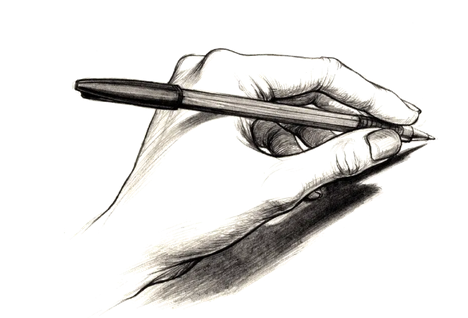Poetry Writing is a skill that requires both knowledge and creativity. It's a craft that can be learned, and with practice, anyone can become a poet. Whether you intend to write an epic poem or simply just learn the fundamentals of poetic structure and form, understanding the weather of poetry is key. Let's take a peek at what it requires to produce a beautiful little bit of poetry.

The Basics of Poetry Writing
Regardless of what type of poetry you're writing, you will find certain fundamentals that most poets should know. To start, it's important to comprehend the essential elements that produce up any poem such as rhythm, rhyme scheme, meter, and stanza structure. If you're just starting out with poetry writing , these concepts might appear daunting at first but they're actually quite simple once you receive the hang of them.
Rhythm and Meter
Rhythm and meter are two aspects of poetry that always go hand in hand. Rhythm is decided by how many syllables have been in each line of your poem; it will help create an underlying beat or tempo for the poem. Meter describes the patterned arrangement of stressed and unstressed syllables in each line; it will help give your poem structure in addition to allow it to be easier to see aloud. When combined together, rhythm and meter may make a poem sound almost musical when read aloud.
Rhyme Scheme
A rhyme scheme is essentially how words in various lines are related to one another through rhyming patterns. An average example will be the traditional AABB pattern where the initial two lines rhyme (A) followed closely by two more lines which also rhyme (B). This really is just one of these though; there are numerous other types of rhyme schemes you should use depending on your own preference or desired effect for your poem.
Stanza Structure
Finally, stanza structure identifies how lines are grouped together within your poem; this includes things such as line length and number of lines per verse or section. Stanzas help break up larger poems into smaller manageable chunks so readers don't get overwhelmed by too much information all at once. Additionally, stanza structure can also help enliven or emphasize certain parts within your poem along with provide visual cues for readers while they're reading along.
Conclusion:
Poetry writing is an art form form that requires both knowledge and creativity in order to craft something truly special - but with practice anyone may become an accomplished poet! By understanding the basic principles such as rhythm & meter, rhyme schemes & stanza structures you'll have all the equipment necessary to produce your personal unique style & voice as it pertains to crafting poems that speak from your own heart & soul! With consideration & practice you'll soon get creating beautiful items of art with words! Good luck!
